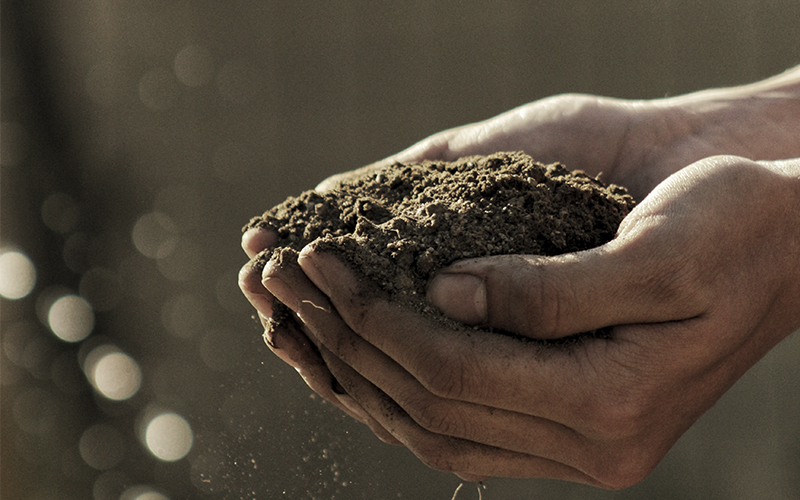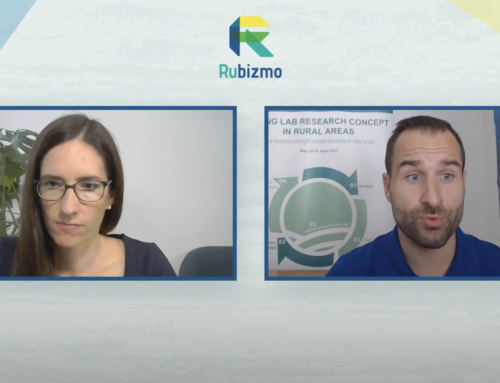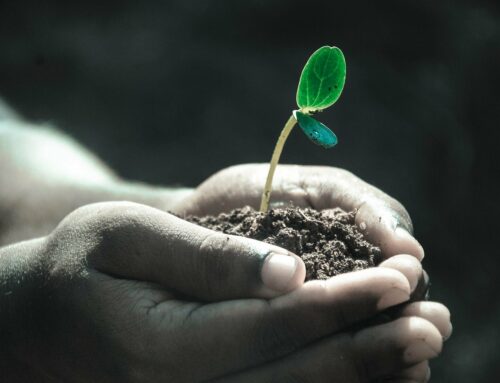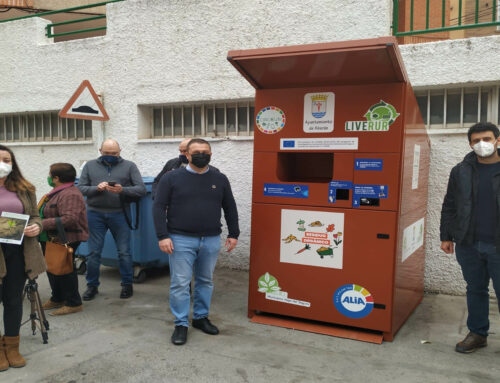Conservation Agriculture is a type of agriculture whose techniques are focused on the conservation, improvement and efficient use of the resources through an integrated management of the soil, water, biological agents and externals inputs.
This type of agriculture promotes the species diversification, biodiversity and reduction of cultivation works, with the intention of conserve the soil and to reduce its loss and erosion. In this way, agricultural production system employs differents practices adapted to local conditions that allows sustainable agricultural production intensification. Further, Conservation Agriculture enables the integration of other sectors, like cattle raising or the integration of trees and pastures into the agricultural landscape.
FAO has based Conservation Agriculture in three main principles, universally applicable and adaptable to each environment:
- Continuous minimum mechanical soil disturbance with direct seeding (i.e. no-tillage). This principle is focused to soil conservation, erosion reduction and organic material conservation.
- Permanent soil organic cover with crop residues and/or cover crops to the extent allowed by water availability. This cover prevents the appearance of weeds at the same time that protects soil of weather events and retains its moisture.
- Species diversification through varied crop sequences and associations involving at least three different crops. That allows the development of a living structure in soil that increases the variety of flora and fauna, nourishes plants and prevents plagues and diseases.
Soil is agricultural base and, however, is a non-renewable resource. Therefore, one of the main problems of this sector is soil degradation and loss. Conservation Agriculture tries to create a production system that harms soil as little as possible and reduces polluting factors, as well as labor intensity and production costs.






